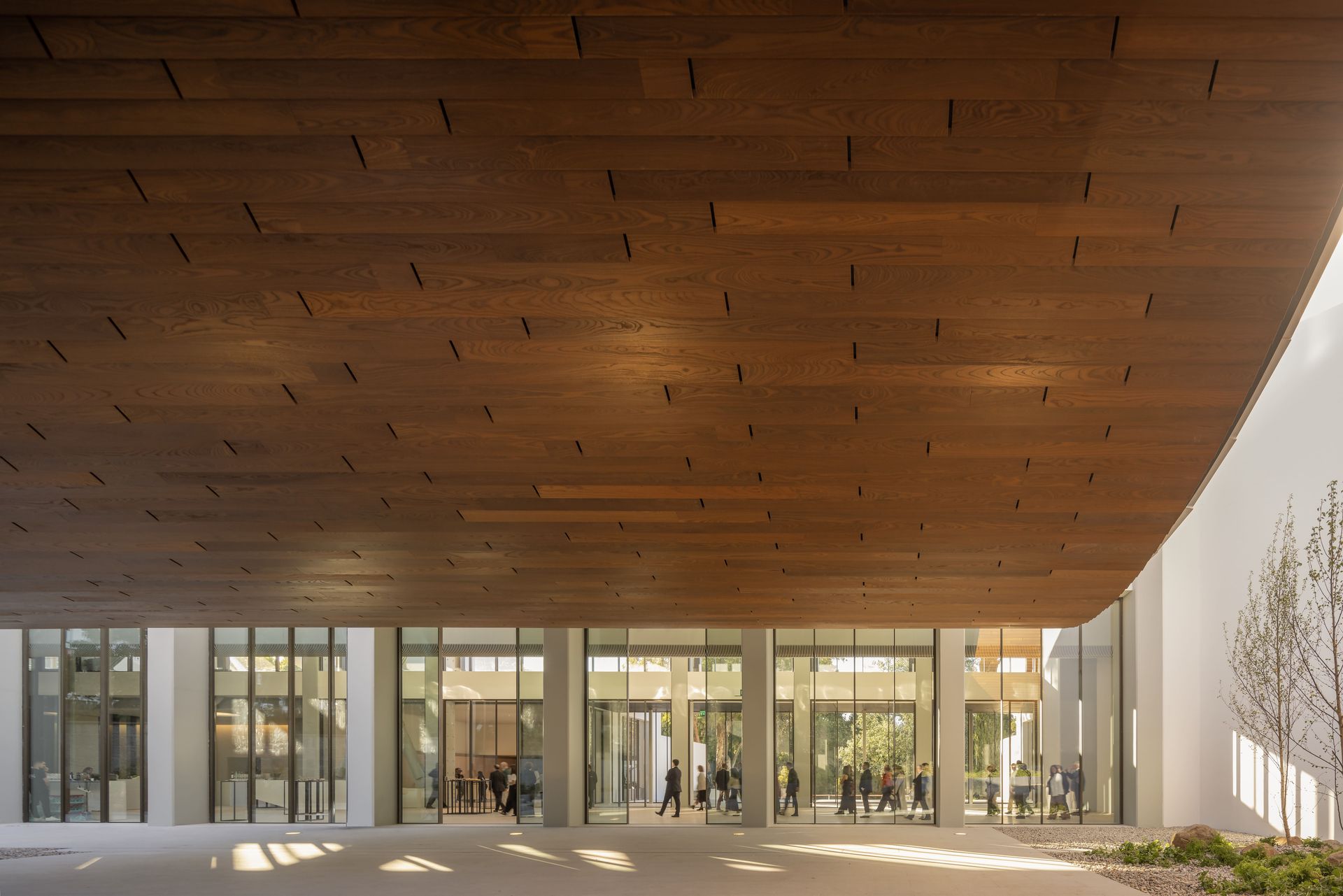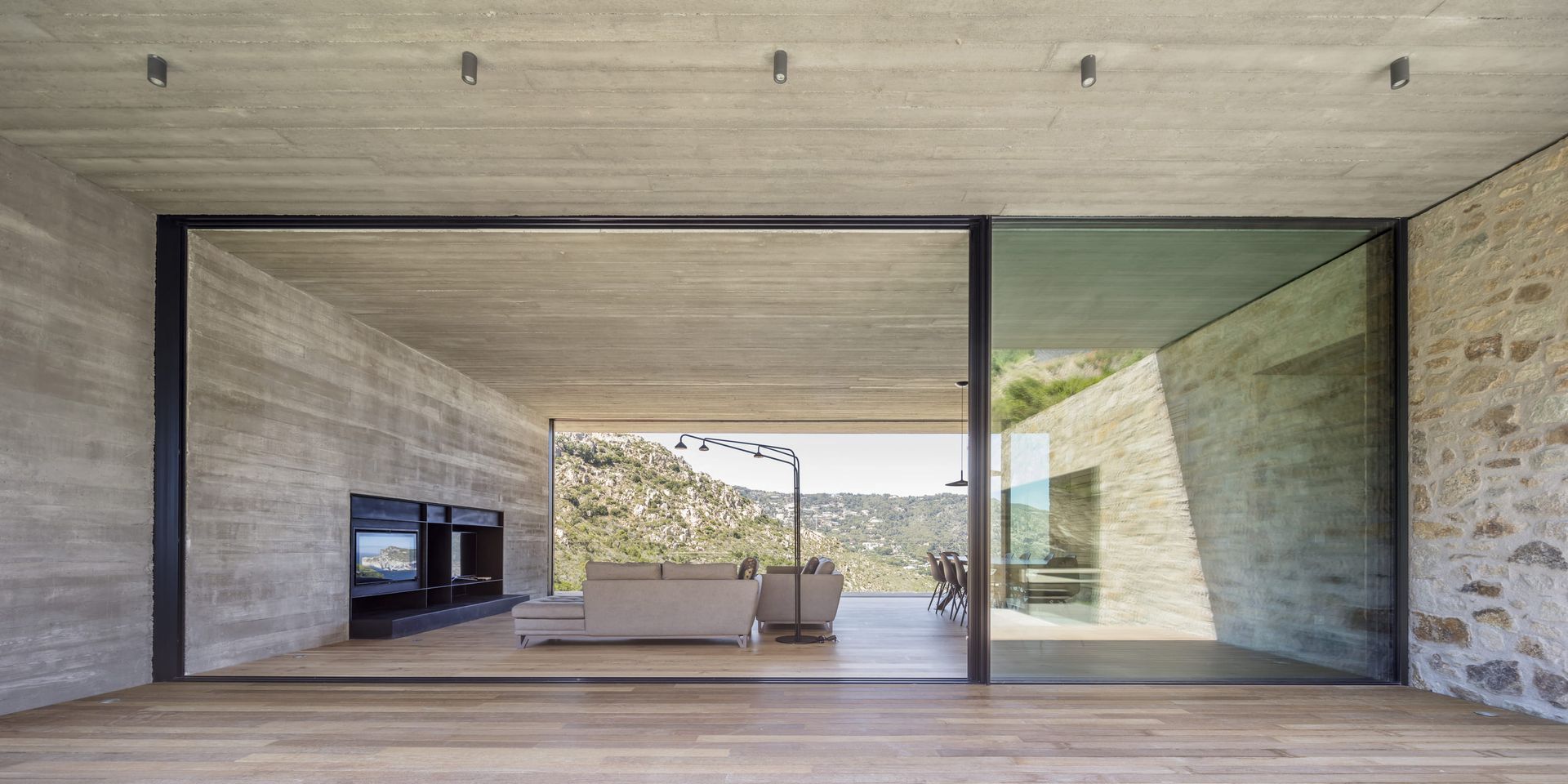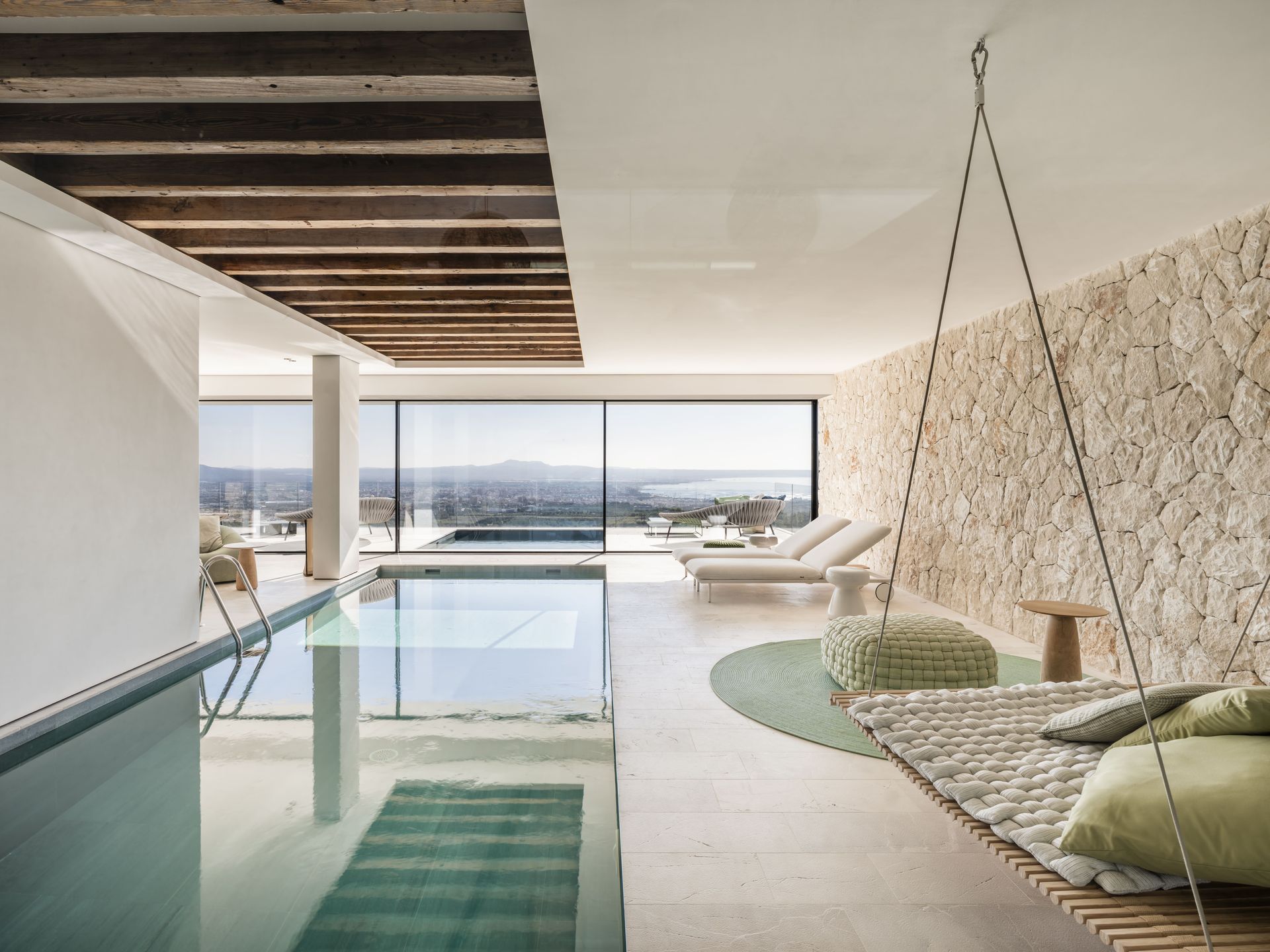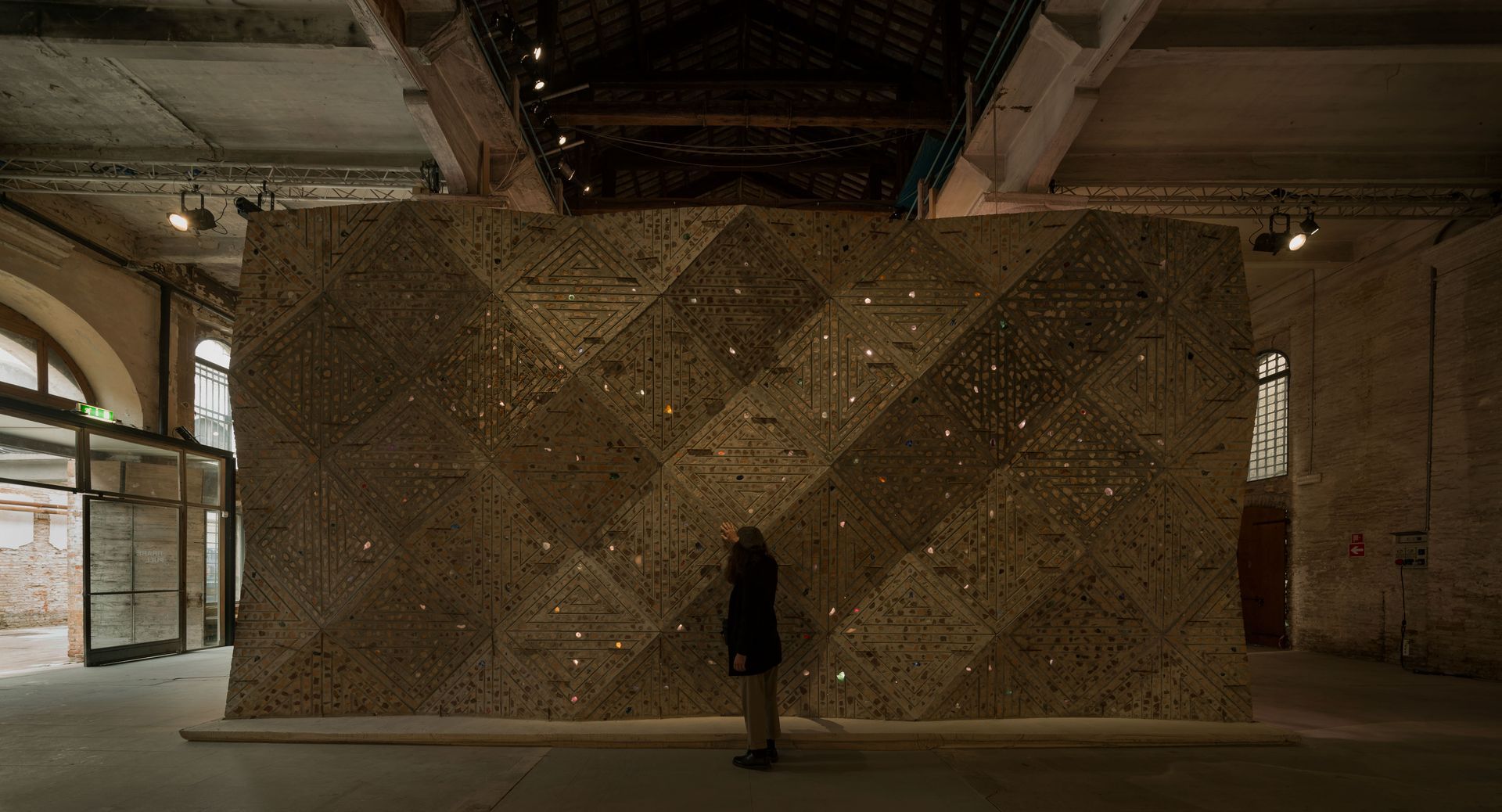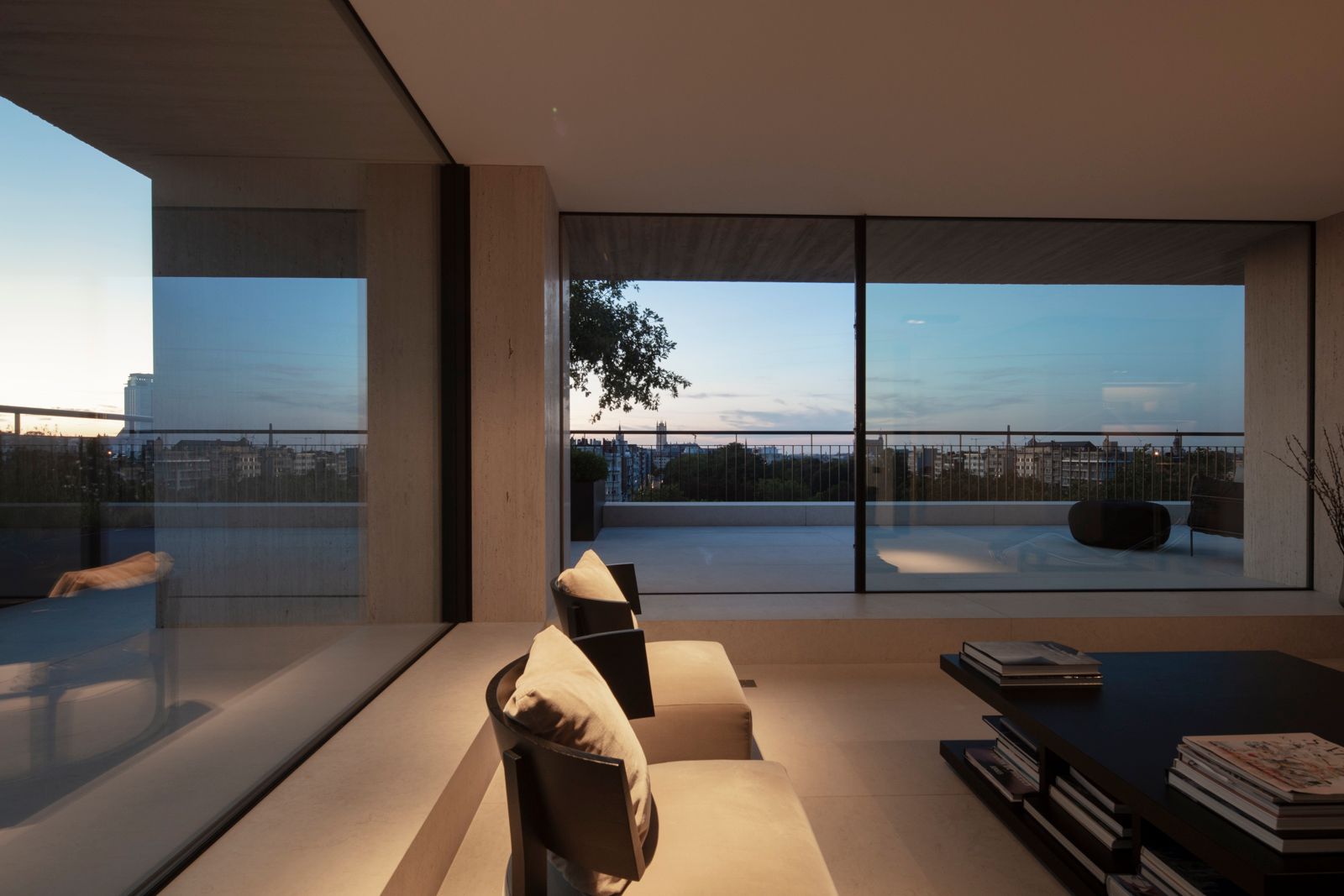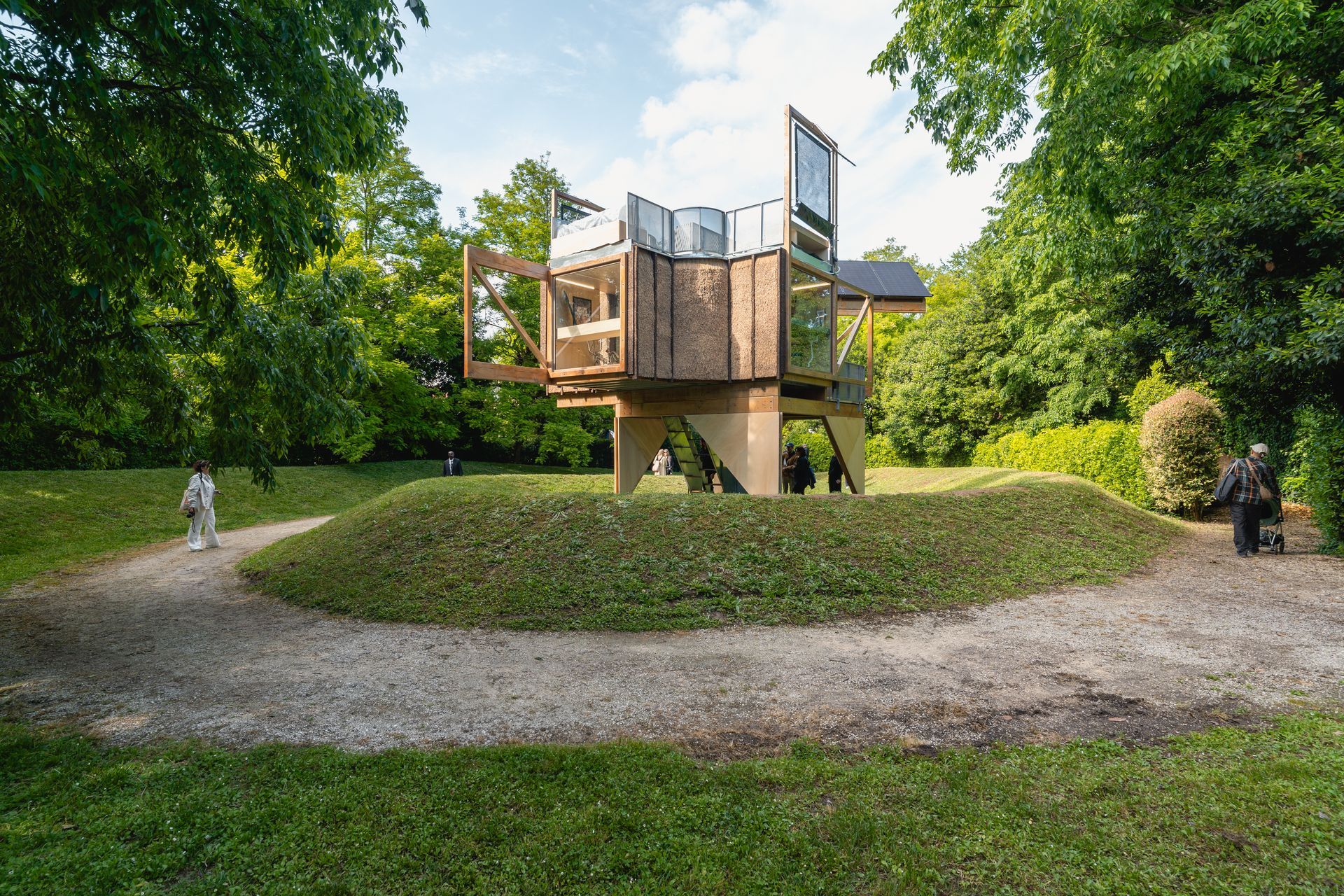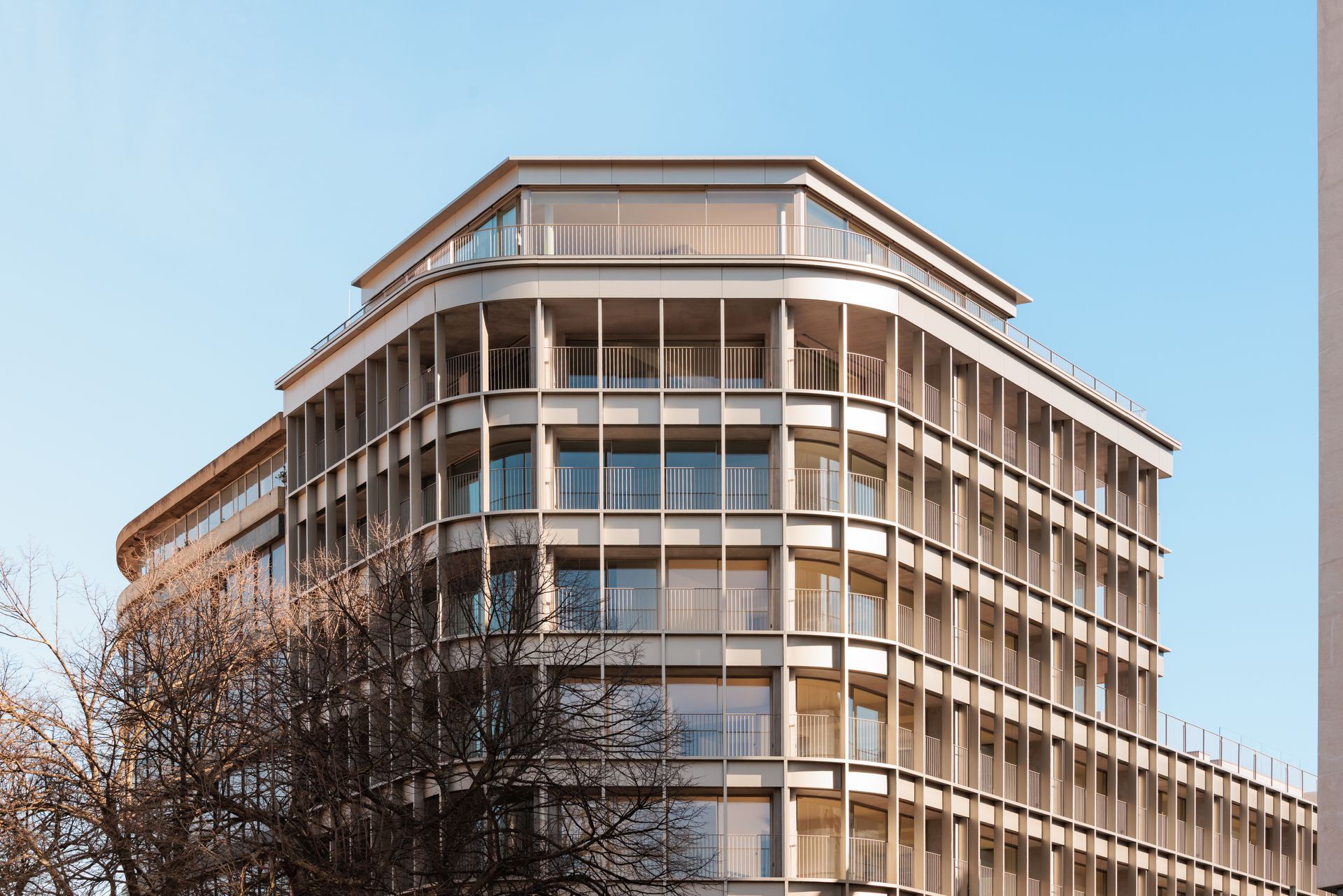Enhancing Jerusalem's Skyline: The Intercontinental Hotel Jerusalem
Jerusalem, a city steeped in history and culture, is about to welcome a new architectural gem to its heart – the Intercontinental Hotel Jerusalem. This project, consisting of two distinctive buildings, promises to redefine luxury and elegance in the city's hospitality and residential scene. Designed by the renowned Feigin Architects and featuring OTIIMA Windows, this development is poised to be a remarkable addition to Jerusalem's skyline. In this article, we'll delve into the details of this project, the visionary architects behind it, and how OTIIMA Windows enhance its architectural characteristics.
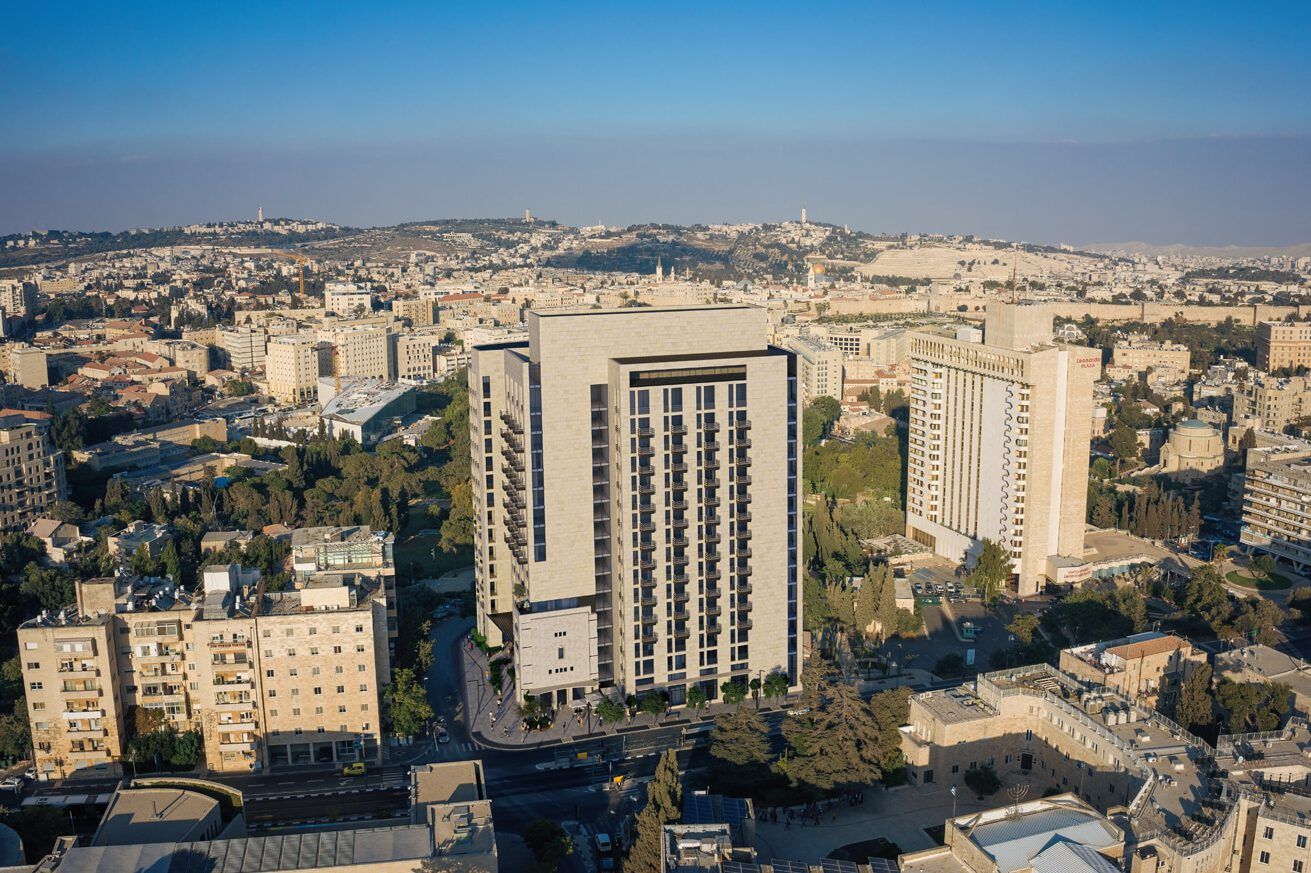
The Intercontinental Hotel Jerusalem is not just another hotel; it's a fusion of modern luxury and timeless design. Nestled in the city centre on the bustling King George Street, this project comprises two striking buildings catering to tourists and residents.
The hotel has 229 rooms spread across 17 floors, promising visitors a luxurious and comfortable stay.
Read also - Tione Residence: An Exquisite Blend of Contemporary Design and Natural Surroundings.
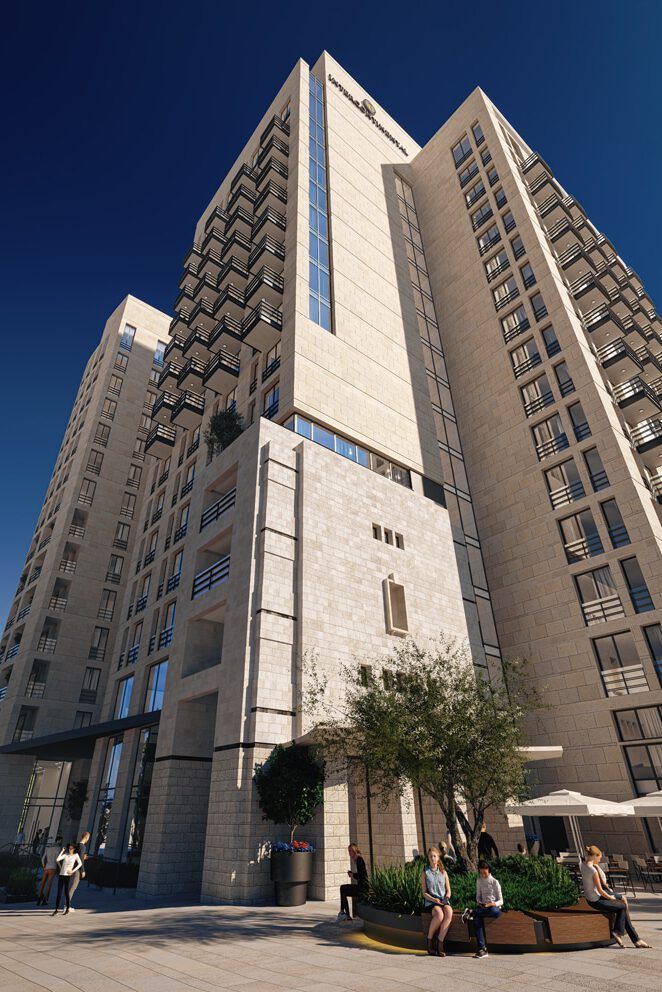
The Intercontinental Hotel Jerusalem project features OTIIMA Windows, specifically the OTIIMA PLUS and OTIIMA OPEN systems, to elevate its architectural aesthetics. The synergy between Feigin Architects' visionary design and the state-of-the-art OTIIMA Windows ensures that the Intercontinental Hotel Jerusalem is not just a place to stay; it's a visual masterpiece and a testament to modern architecture's potential.
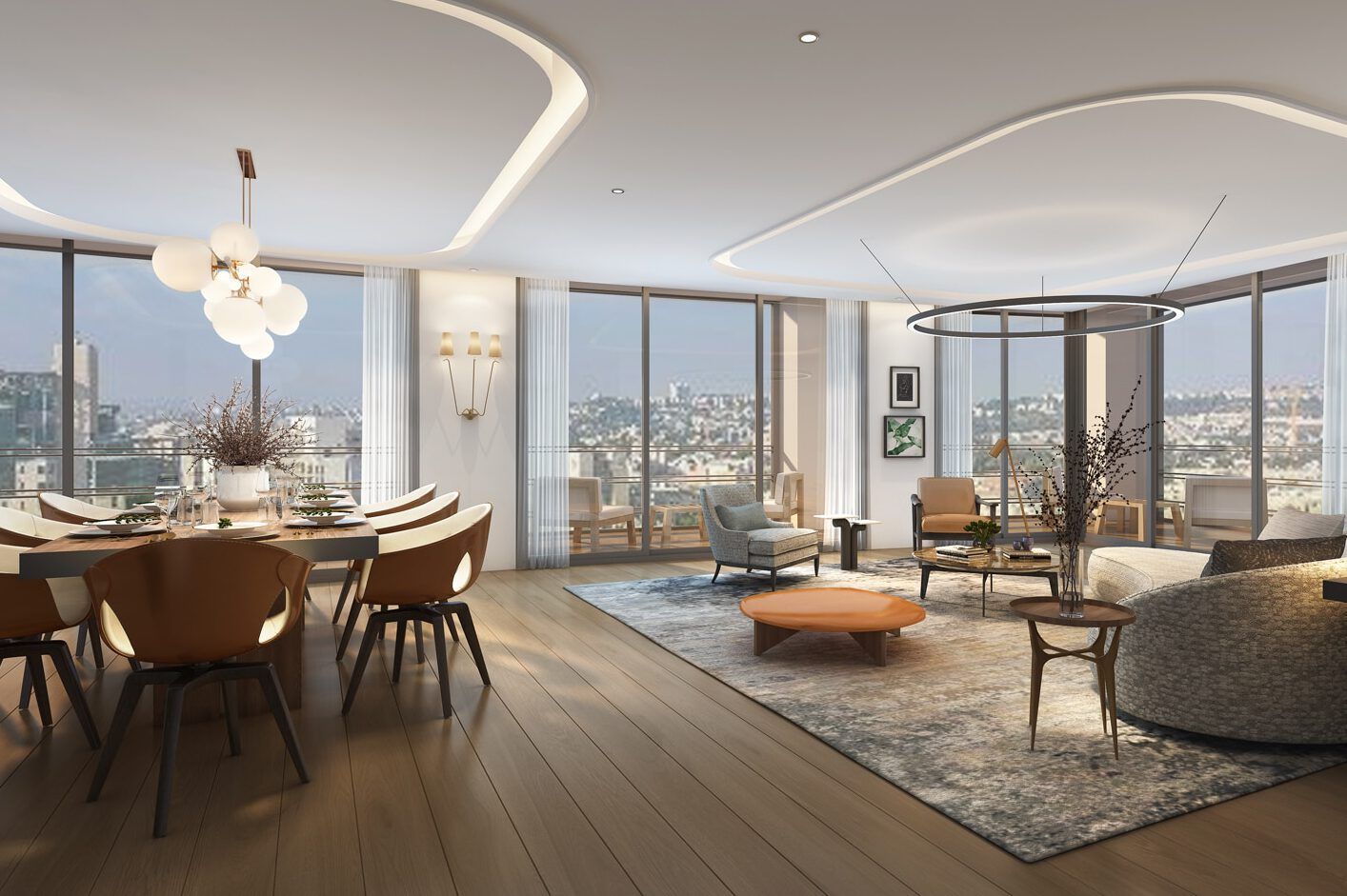
The Intercontinental Hotel Jerusalem, with its two distinctive buildings, is set to become an iconic landmark in the city's heart. Feigin Architects' project reflects a commitment to excellence and innovation in hospitality and residential design. The addition of OTIIMA Windows combines architectural aesthetics with optimal performance and functionality, creating an exceptional living and staying experience for guests and residents alike. As Jerusalem continues to evolve, this project is a testament to the city's embrace of modernity while respecting its rich historical heritage.
